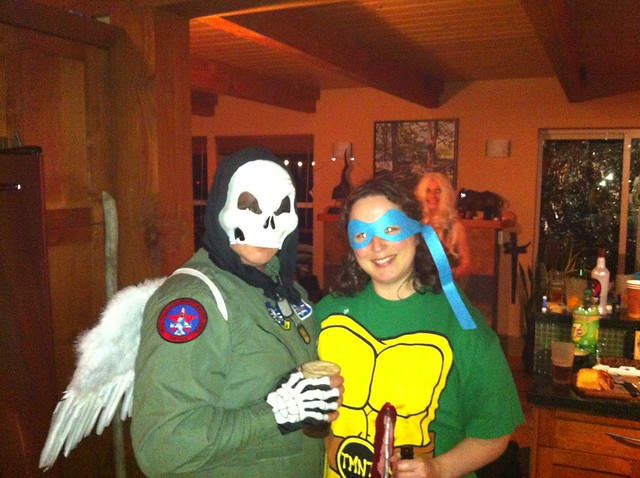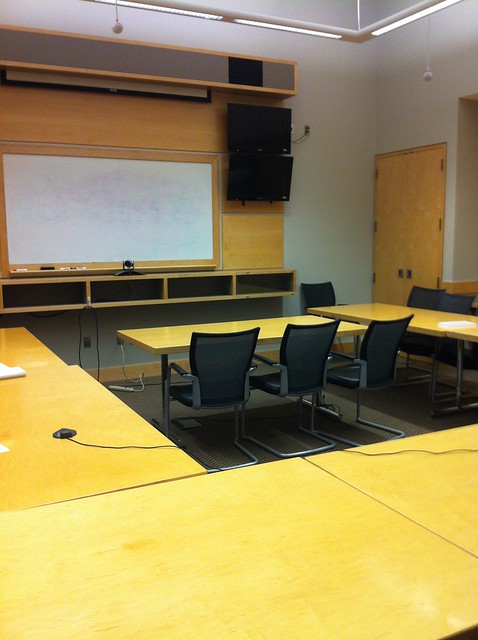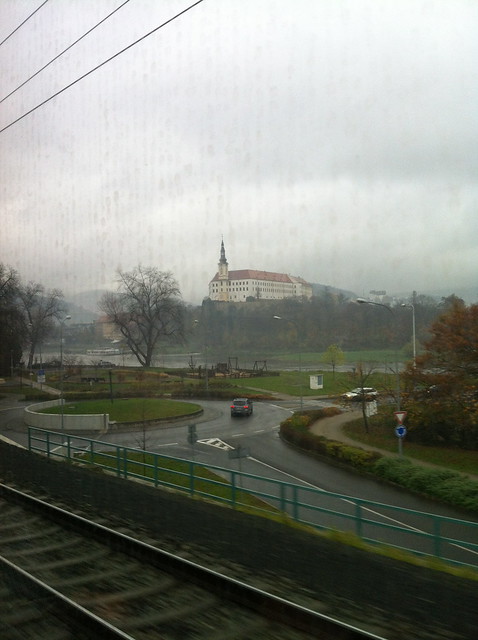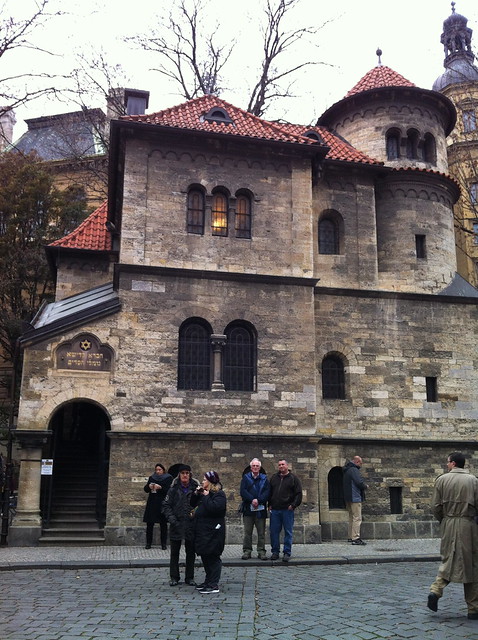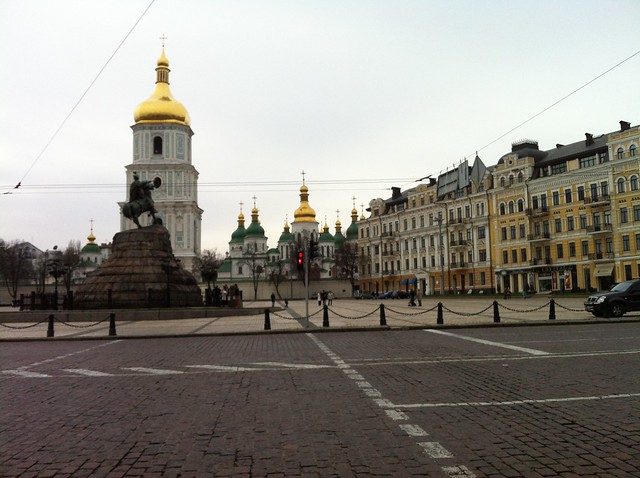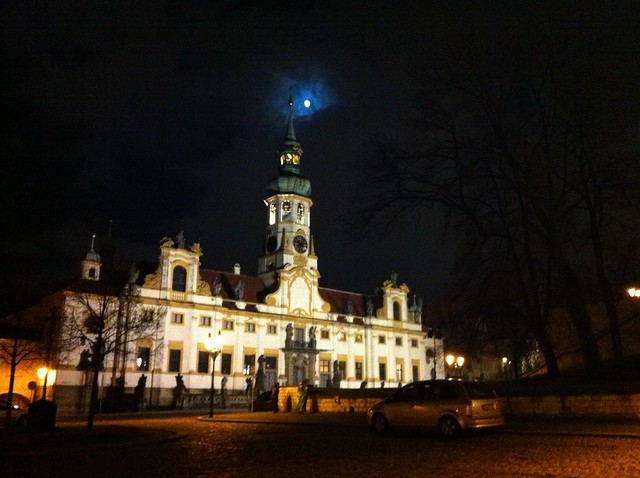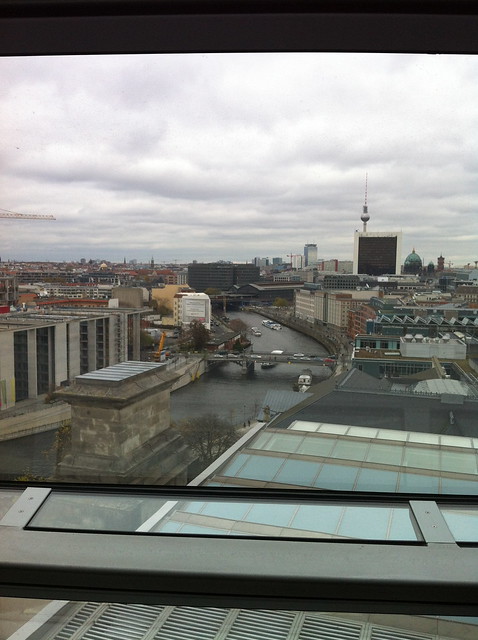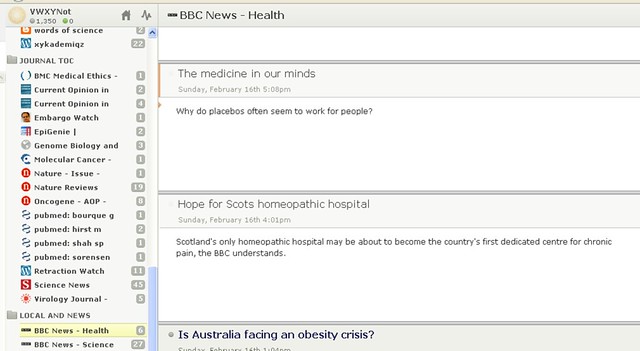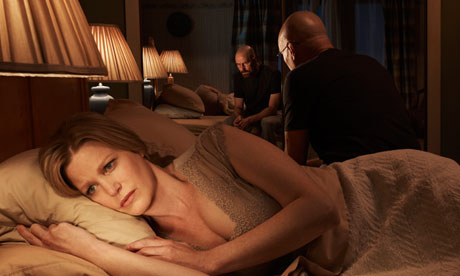It’s been a while, eh?
Today’s the first day since early September that I’ve woken up without a long list of specific things to accomplish, and it is blissful! I’m on my sister-in-law’s sofa with a big cup of tea, and I don’t have to do anything but this or be anywhere but here ALL DAY. Heaven!
Yup, it’s been my busiest few months since I was in the final year of my PhD, and I’m glad I can breathe again before going back to two imminent grant deadlines in January. The two main reasons for all the running around (other than the usual grants and progress reports) are that I helped organize and run the joint International Human Epigenome Consortium / Canadian Epigenetics, Environment and Health Research Consortium 2014 Annual Meeting, then took a week-long course and studied for weeks for my Project Management Professional exam.
The former was tons of work, but really fun! I made new friends, geeked out extensively, and even got to meet Richard Wintle at long last!
The latter was tons of work, but no fun at all. But at least I can get a blog post out of it! Here’s how I managed to pass Thursday’s exam with the top mark1 in each of the five domains:
1) Take a good course
You have to have 35 hours of project management education to take the exam. I followed my department’s tradition by taking the PMP Certification Exam Preparation course2 at the local community college, and it made all the difference. It was a painful week though, with 8 hour days of intensive instruction and in-class exams plus hours more spent on homework each night, and we were all exhausted by the end of the week. Our instructor did a fantastic job: she started us off on the Monday morning by proclaiming that the subject matter is extremely dry, the textbook is terribly written, the exam is full of trick questions, but “I’ll get you through it”. Correct on all counts!
2) Take a friend
It’s pretty much expected that everyone in my team will take the PMP exam eventually. Most people who’ve been there longer than me had already done it, but there were a few of us who were eligible who hadn’t taken the plunge yet (you have to have a certain number of months of experience – the total amount varies depending on which degrees you have). Three of us made a pact that when we did it, we’d do it together, so we all signed up for the same course. It really helped to have some familiar faces there with me, although by the end of the course all twenty or so of us were bonding through the time-tested methods of bitching and venting (my little group also took the initiative of writing the name of a pub on the board on the last day, and lots of us found our way there for beer and more bitching after finishing the final exam). The whole group shared study tips, useful links, and stories of success via email, and the three of us from the same team did a lot more in person too. Aside from the tangibly useful advice, the feeling of solidarity through all those weeks of intensive studying before and after work really helped too.
3) Remember that this is not like any of the other exams you’ve ever taken
Friend, colleague, and regular reader Mermaid reminded me a few days before my exam, “remember, you don’t have to get an A on this one; a C is plenty good enough”. It was a hard lesson to learn for a lifelong academic overachiever like me, and one of the two colleagues who took the course with me said the same. We’d never in our whole lives done as poorly in an exam as we did in the in-class exams, and the concept of “here are four correct statements; please pick the one that is the MOST correct” continues to warp our poor little scientist brains3. With practice you do start to learn what the tricks and patterns are – but there were still a couple of questions on the final exam that I didn’t understand at all, several where two answers looked equally correct, and even one where all four options looked equally correct.
4) Study actively
I’ve never had a problem motivating myself to study for an exam before, but then I’ve always been lucky enough to study things that I find interesting. The Project Management Body of Knowledge textbook does not fall into this category. While trying to read it I would often find my eyes sliding off the page and onto the table next to the book, because the table was more interesting. I found that studying by just reading was going to be impossible this time, despite my not-quite-eidetic-but-really-very-good-visual-memory; I had to combine reading with more active study techniques.
What worked for me was that while I was reading each chapter I would make a list of all the parts of the text I thought I would need to memorize, complete with the number of components for each item, and a textbook page reference. I could then look at my list, try to recall all the components of each item, then open the book at that specific page to see if I was right. For example I would list “sequence of activities for scope management (6), page X”, or “inputs to control quality (5), page Y”. This was much easier than trying to read through pages and pages of the damn book again!
With each pass through the list I would cross off the things I was confident I’d memorized correctly, so each subsequent pass was faster and more focused. Conversely, I’d highlight the items I knew I was struggling with (see point 6, below) for extra attention.
5) Practice, practice, practice
Doing practice test after practice test helped more than everything else put together.
During my most intensive three weeks of study I re-took all the chapter-specific exams we’d taken in class, the day after studying that chapter. When I’d been through my memorization list a few more times, I started taking a series of online exams – as many full-length (200 questions) versions as I could find, but also some shorter ones. Someone who’d taken the course at the same time as me emailed everyone this great link that compiles all the best online resources in one place, and I used this list (plus a 200 question exam the course instructor sent us by email) exclusively. I found #1 and #3 on the list to be the best options.
I did also try downloading some iPhone apps so I could do practice questions on the bus, but I couldn’t find one that I really liked – the four I tried had either very easy, very repetitive, or demonstrably incorrect tests. If you’ve found one that you actually like, please post a link in the comments!
6) Identify your weaknesses
As soon as I started taking practice tests, I created an Excel spreadsheet to track which questions I was consistently getting wrong. I defined the area of weakness fairly broadly, e.g. topic: quality management, subtopic: control quality. I just kept a simple tally next to each subtopic, with conditional formatting set to red data bars so I could easily see where the peaks and troughs were. I also had a summary pivot table with incorrect answers per chapter of the textbook.
It would have been best if I’d calculated the % incorrect, as some chapters are featured more heavily in the final exam than others, but that was too much of a hassle – and the numbers themselves were really useful in helping me to focus my studies during the last couple of days. For example, I knew I was having a hard time with risk management and quality management, but it was a surprise to see procurement management near the top of my error list; it just didn’t feel like I was having too hard a time with those questions. However, I followed my check sheet / Pareto diagram approach4 anyway and studied procurement management on the penultimate day – and then I got six or seven questions about contract types, so it really paid off!5
7) Repeat point 5 until you pass
Good luck!
~~~~~~~~~~~~~~~~~~~~
I’m exceedingly relieved to have put this hazing ritual behind me and rejoin the real world! Well, I will after Christmas, anyway.
Other news
- My cats have become extremely famous since my last blog post! During a rare slow moment in November I tweeted the same Schrodinger’s cat joke I made on here a few years ago, and it attracted tens of thousands of retweets, likes, and mentions – including by the official Nobel Prize feed! How bizarre! The photo’s also shown up on Reddit and in various other places on the internet. Uncredited, but I’d rather have the cats than the credit, because they are the most awesome cats of all time, especially Saba, but don’t tell Google I said so.
- I had tons of fun thinking about, talking about, and writing a very silly post about the epigenetics of the X-Files at the Guardian.
- I’ve been invited to participate in two career development events at UBC – one for biochem undergrads, and the other for postdocs – focusing on non-traditional career options for scientists. I will report back!
~~~~~~~~~~~~~~~~~~~~
1) The top mark is “Proficient“. Yay.
2) The course has the very appropriate code “BSAD”.
3) It doesn’t help that the textbook and the exam questions are full of grammatical errors, and that the definitions they use for such terms as “order of magnitude”, “bar chart”, and – most egregiously – “standard deviation” are different from the definitions used in, y’know, science, and the rest of the real world.
4) Why yes, I did project manage my project management studies!
5) When you sit down to take the computerized final exam at a third party testing office, the software pulls 200 questions from a bank of around 3,000 possible options. This means that everyone’s exam is unique; my friend had multiple questions about three-point estimating, whereas I only got one, and she didn’t get any questions about contracts. It also seemed that around 15% each of the answers I selected were either “update risk register” or “develop project charter”, but hey, I passed, so clearly most of those were correct! The pattern started to feel really pronounced and uncomfortable, but I just reminded myself that true randomness includes long runs of the same result and kept treating each new question independently from all its predecessors.


